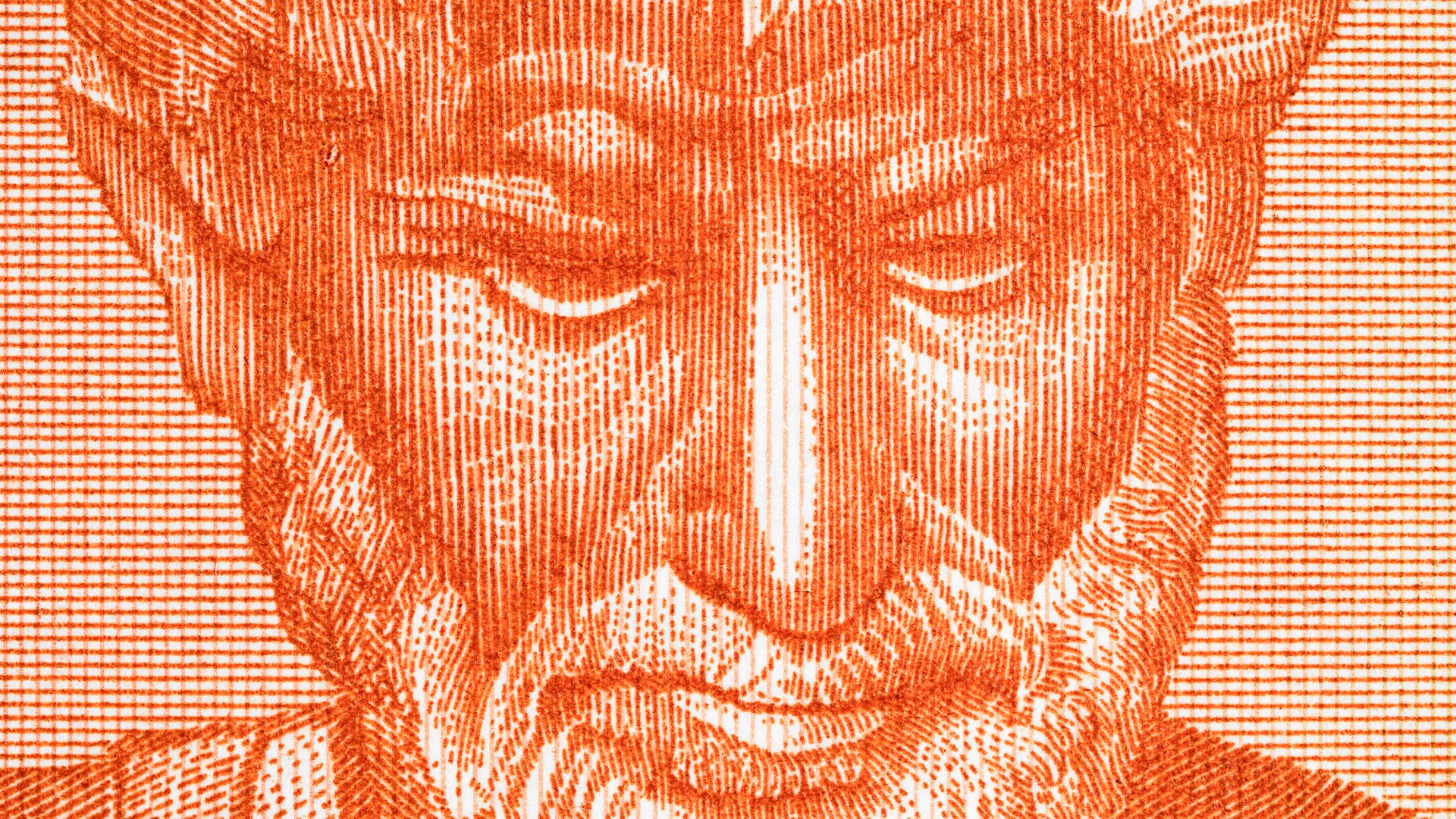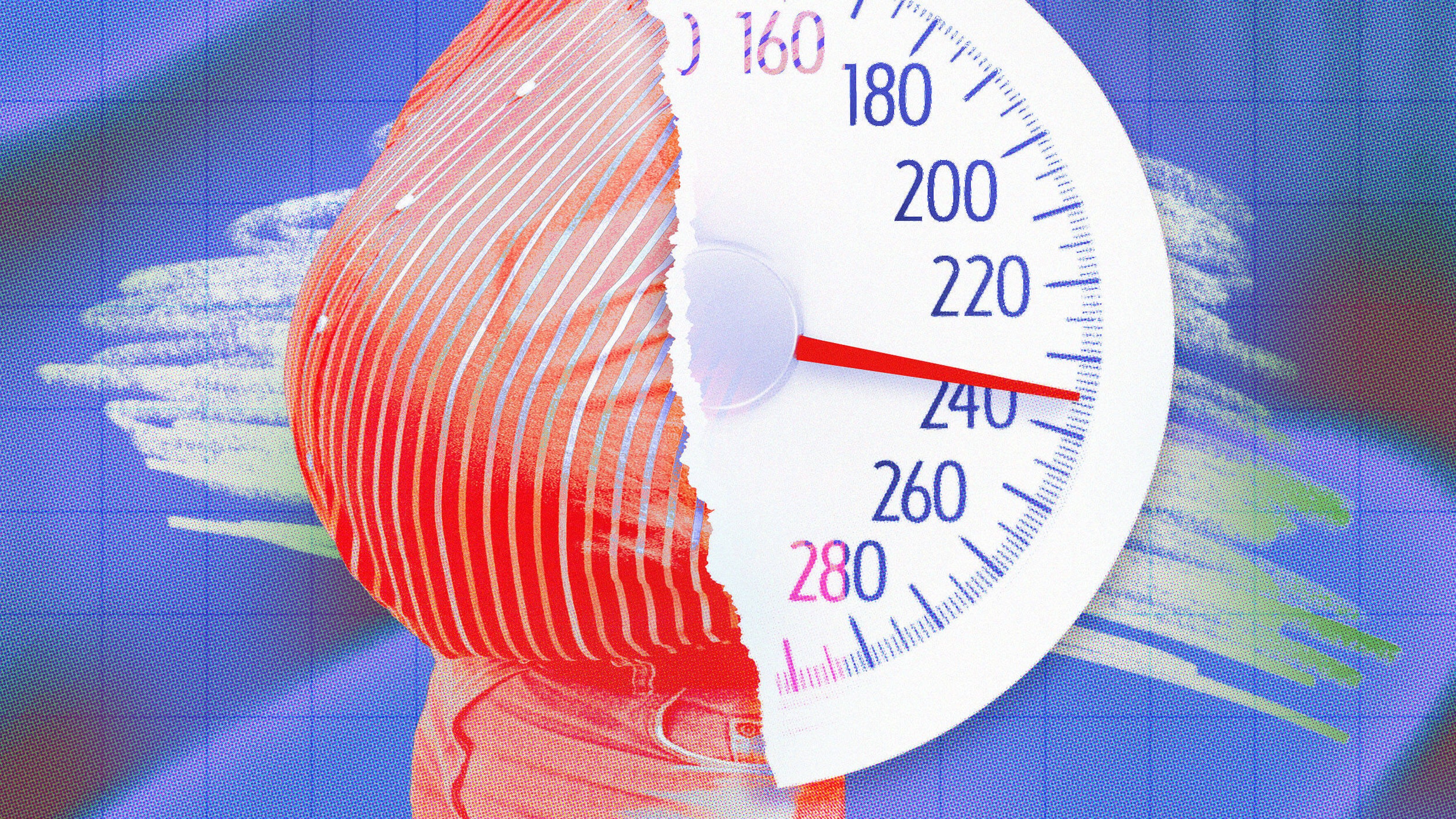Don Johanson believes we didn’t interbreed with our ancient rivals—we just outcompeted them.
Question: When and where did the first recognizably modern humans appear?
Donald Johanson: Yeah, that’s a… The appearance of modern, or of homo sapiens, of someone you wouldn’t feel too uncomfortable sitting next to at, say, Lincoln Center, surprising answer probably. Going back to probably about 200,000 years now there were fossils found in the late 1960s in Southern Ethiopia in a place called the Kibish or in the Omo region, and those fossils have been preserved in the Ethiopian National Museum ever since their discovery and we thought they were maybe at the most 90,000 years old. A research team has gone back and dated a geological horizon at the site and they are close to 200,000 years old and they have skulls like yours and mine, so they would have appeared with muscles and flesh and so on very much like we do, so these would justifiably be put into our own species, homo sapiens, supposedly wise man and… I know I question that too every time I watch the evening news, but it means that the earliest members of our species appeared in Africa. There are also fossils from Southern Africa that suggest 100 to 150,000 years and we’re beginning to find evidence in South Africa of things like the use of ochre, the manufacture of bone and bone tools, the manufacture of blade tools and various technologies that don’t show up in Europe until 40,000 years old. Yet, in South Africa there as much as 160,000 years, so homo sapiens can certainly be traced back to at least 160,000 and I would say to somewhere around 200,000 years ago.
Question: What happened to the Neanderthals, and was it our fault?
Donald Johanson: Well I don’t think we interbred with the Neanderthals at all. There are some people who think that there was some level of interbreeding. I think that we look so biologically different that we looked and we acted so different and we culturally were so different that we would not have had interbreeding between two species. I call them Neanderthal homos and Neanderthalensis and modern humans, homo sapiens. Neanderthals evolved in Europe as an isolated group. That is one of the conditions for the development of a new species, that they’re isolated genetically by a geographical barrier or whatever from other populations, and they evolved and adapted to glacial Europe. They lived there for a few hundred thousand years. We left Africa 40 to 50,000 years ago with a very sophisticated technology, with an incredibly creative mind, with division of labor, with a whole series of things that were very different from Neanderthals, and when we began to compete with Neanderthals for game and for territory Neanderthals fled and the latest surviving Neanderthals we have are found in Gibraltar at about 28,000 years ago. So I think that as we moved into Europe from the Middle East Neanderthals moved westward, ultimately down into the Iberian Peninsula where they hung on until about 28,000 years ago and ultimately went extinct.
Recorded on March 19, 2010
Interviewed by Austin Allen





